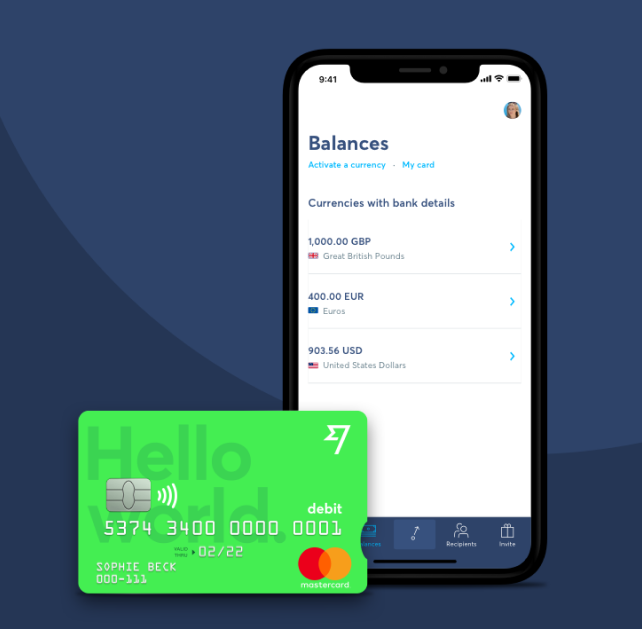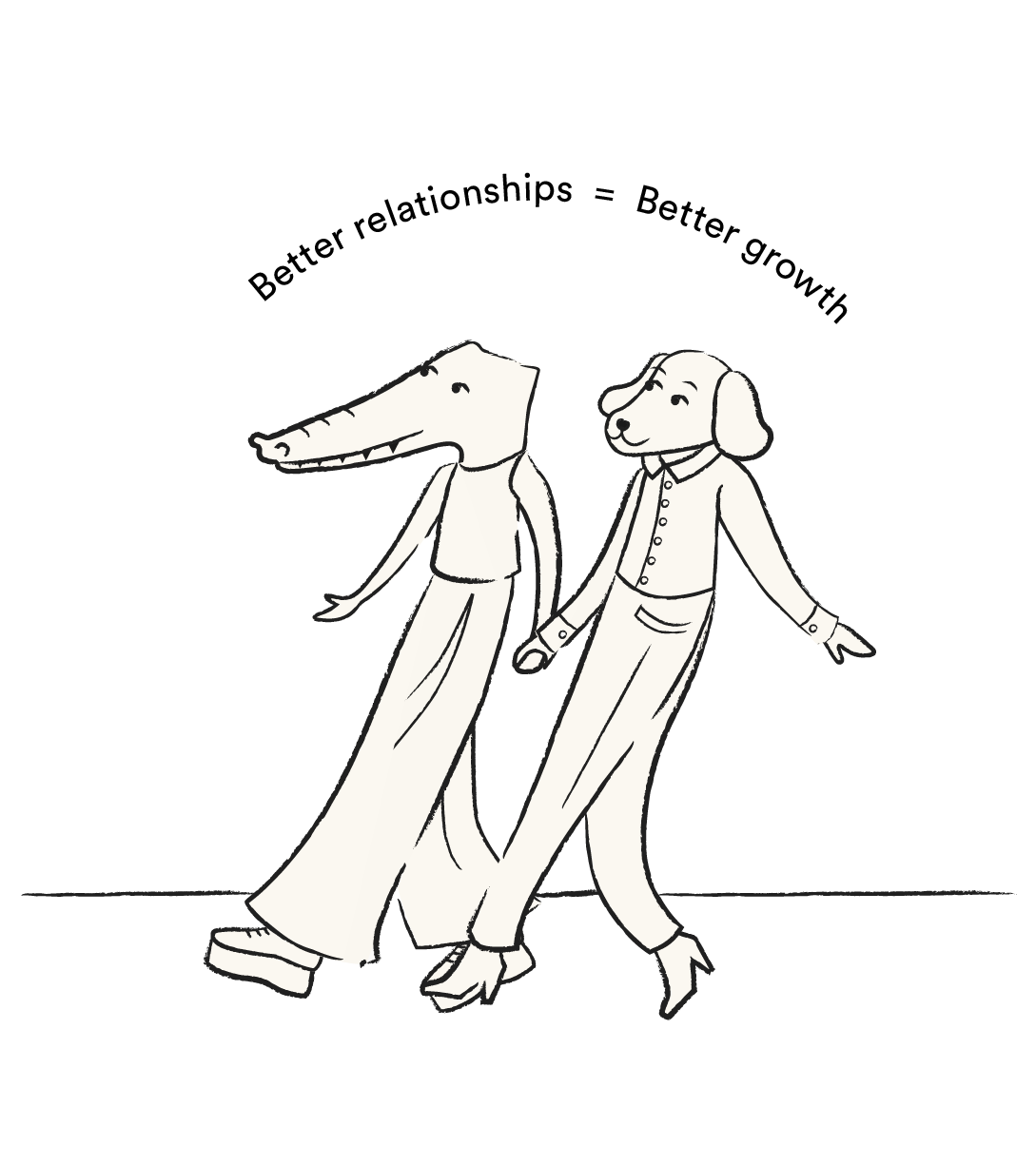A bold, global vision for a new brand
7 million people. 750 currency routes. 29 different currencies. 8 times cheaper.
The hard numbers speak for themselves.
TransferWise is a brand that solves a major problem for its customers: Easing the financial and logistical burden of sending money around the world. Launched in 2011, the company set a crystal clear goal: “Make money transfer free.”
That’s something consumers feel in their bones is the right thing to do.
In order to get there, TransferWise had to lower their customer acquisition costs. Paying upwards of $100 to acquire a customer for a service with minimal fees just isn’t sustainable. TransferWise knew it had to build a powerful engine for organic traffic.
Like Drake, they started from the very bottom.
Sure, they had funding. But there were no landing pages, no keyword research, no SEO team initially. Their marketing team was barely cranking out 5-10 articles per month in a single language (a problem for such a global brand).
How do you grow a company sustainably in this context?
That bold mission would mean nothing if the company couldn’t reach a significantly high level of organic growth.
Here’s more on how we did it…
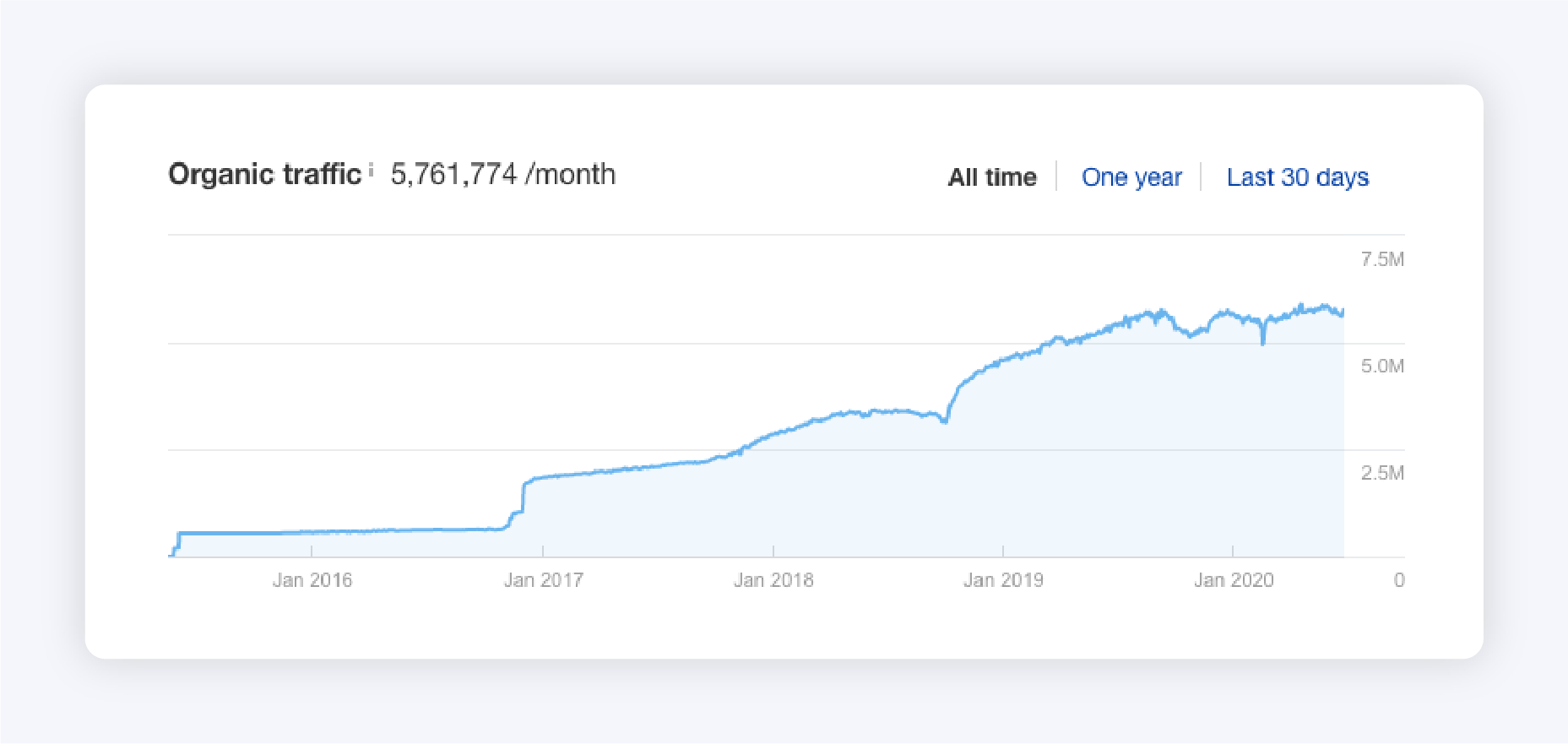
Traffic growth is a key goal.
Results: From 0 to 1 million+ organic visits
I was fortunate to have a front-row seat for one of the biggest recent success stories in SaaS growth.
As a member of the inaugural writing team at TransferWise, I was responsible for producing hundreds of tactical, long-form articles that formed the foundation of TransferWise’s content strategy.
It was a joy to do, really. Everyday, I got to sit down and learn about how to become a Mexican citizen or how to open a business bank account in Singapore. My work with TransferWise took me around the world—literally.
[Fun fact: I eventually did end up getting Mexican residency. You just never know where content marketing will take you!]
Let’s dive into the strategy behind it all.
Play the content strategy long game
TransferWise knew they couldn’t rely so heavily on advertising campaigns if they wanted to lower average transaction costs. Their business model would fall apart.
The investment in content strategy took time. The team sat back and watched as traffic slowly climbed, they got more referring domains, and their positions for various keywords improved.
With a team of roughly 10 writers and a fleet of freelancers, they just kept producing. Trusting the process was the name of the game in those early days.
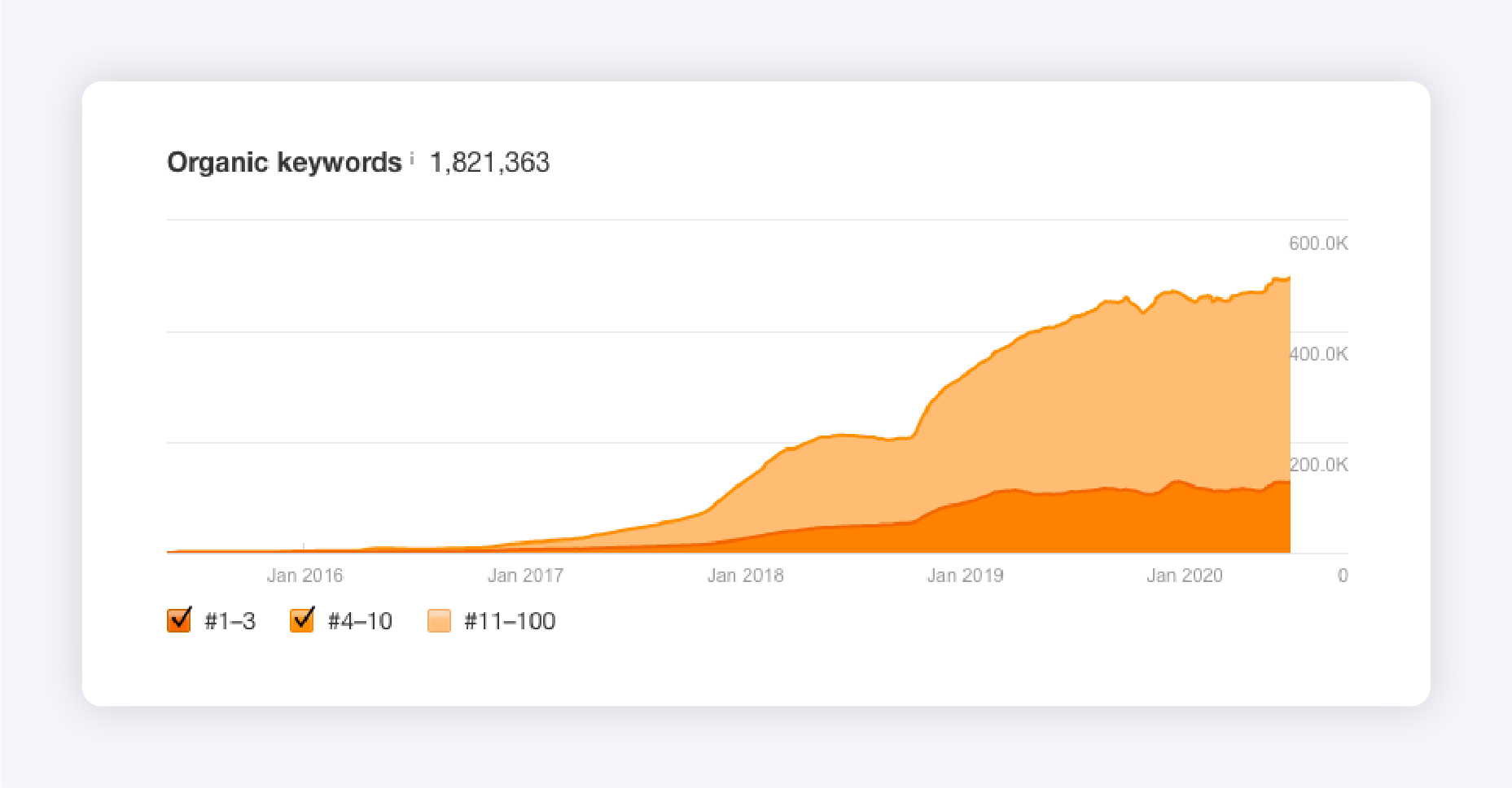
Gotta grow those organic keywords!
Build a strong foundation with keyword research and content operations
Part of the reason they could be so patient: They had a solid, research-backed strategy in place.
With just one SEO specialist on the team, they used keyword research to define the right topics and structures for articles. They then created content briefs that writers could follow to keep content uniform and high-quality.
I remember being impressed with how thorough and tight their briefs were. It really kept our writing team focused and on-track. Those little details matter.
Grounded in that keyword research (and the strategy it evolved into) and a strong content operations infrastructure, the TransferWise team charted its own course towards massive growth in organic traffic.
My job was to contribute as much high-performing content as possible.
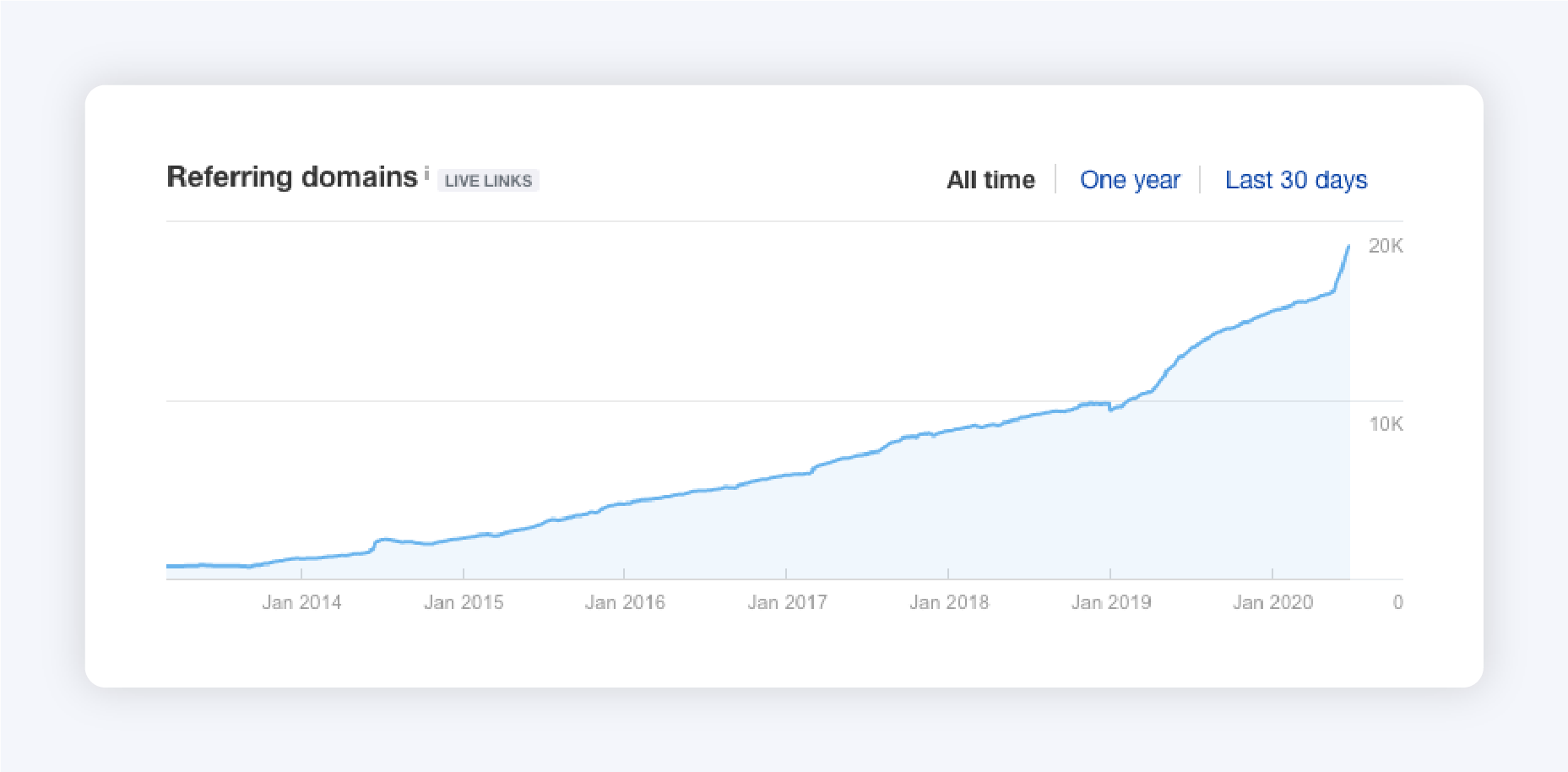
Get those referring domains up too!
Flood the market with truly useful content your target audience craves
TransferWise was able to 10x their blog traffic in the span of nearly a year.
They eventually got to almost 300 pieces of content quarterly. This boosted their organic traffic by 1000%.
I watched the climb first-hand. I had a Google sheet with my assignments and I remember just looking back at previous months and seeing it grow significantly with each passing month.
The TransferWise team ultimately grew their content production by roughly 5 times their baseline in a few quarters. This resulted in almost 300 articles in a half dozen languages each quarter.
When it comes to content strategy and being helpful to potential customers, you’ve just gotta produce.
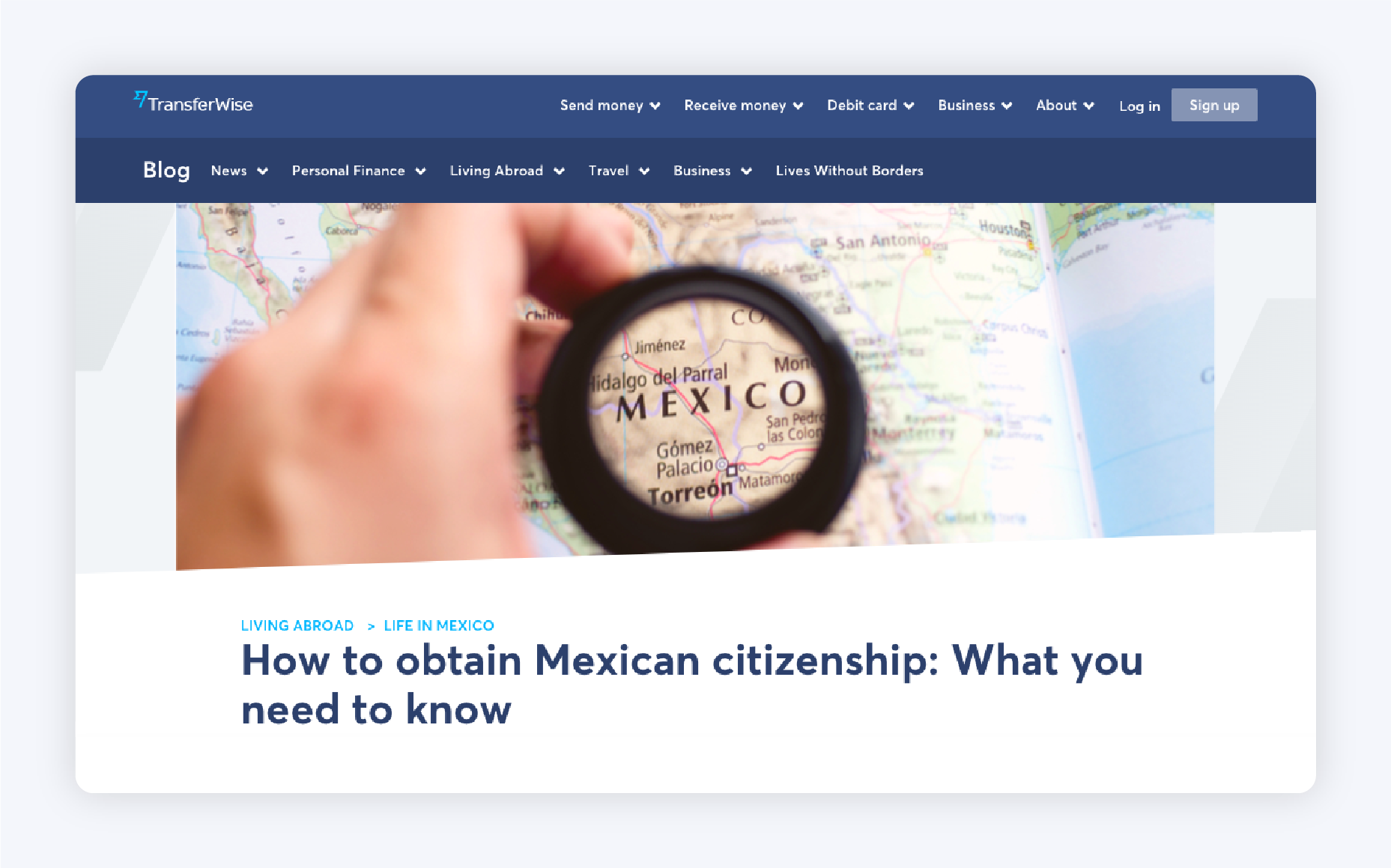
Offering tactical advice to customers is key.
Offer consistent and tactical content
Think about the customer journey for a TransferWise user.
If I’m buying a property in Germany and I need to transfer a few hundred thousand dollars from the US, I need somewhere to figure out how to do that. Enter the TransferWise blog.
We built content around real problems that potential TransferWise customers were facing. That’s what made the difference.
In that way, “money transfer” was often a secondary consideration—somewhat counterintuitively. Sure, that’s the product TransferWise is offering but it’s not always the main reason that new customers find the company.
This means that TransferWise, through its content strategy, was also offering educational content as a service for existing and potential customers. That’s a different yet highly-effective way of thinking about your company and the role that content plays in its success.
Every modern company now produces two things. Their ‘widget’ (whichever core product or service they offer) and content. The latter drives interest in the former—but they’re inextricable.
The key to TransferWise’s success was its ability to understand its customers’ needs and speak to them, adjacent to its core product.
Deliver products and content in line with current trends
TransferWise also stepped onto the scene at a very opportune time.
Money transfers were growing rapidly as a huge part of many developing economies. Digital nomadism was having its time in the sun. As a member of that club, I could write effectively about the topics TransferWise was prioritizing for its blog.
In this way, TransferWise as a brand solved two major problems for people at just the right time:
How do I transfer money internationally as affordably as possible?
Where can I learn how to solve money-related issues I’m facing around the world?
The answer to both of those questions: TransferWise.
When your product meets a real, timely need and you provide helpful, educational content connected to those customer needs—that’s a recipe for brand success and TransferWise nailed it.
Content strategy lessons within the TransferWise success story
It’s not as simple as “trust the process.”
I would never ask a client to blindly do that.
What’s important is having a strong, research-backed plan in place. Then you can and must invest and trust in the process and strategy.
Here are some big takeaways from the strategy we used to 10x organic traffic to the TransferWise blog:
- Stick with it: Give your strategy time to get fully baked. Persistence is the name of the game. Certainly feel free to tweak as you go, you should.
- Build a strong base: Invest upfront in high-quality keyword research and strategy. Dig into customer search intent. Build some really strong editorial guidelines to guide your content development process—it’ll pay dividends down the line.
- Flood the market: There’s still something to be said for pure volume. Though the days of keyword stuffing are long gone, don’t hesitate to set an ambitious agenda for content production when you know there’s a vacuum to be filled out there. Not every piece of content will or needs to go viral. Build a strong bench.
- Get tactical: Help your readers with specific challenges they’re facing. Target rich snippets. Build content series that keep customers coming back for more knowledge in line with their needs and wants. Remember that your job is to help them solve problems.
- Meet the moment: Read the room and really strive to understand where your product sits within broader events. Speak to those external events. Audit and adjust your content as you go in order to keep it fresh and top-of-mind for customers.
We took these lessons to heart when building Literal Humans. We embed these learnings into every client engagement.
Not every brand is going to hit it big like TransferWise. But similar principles apply when it comes to building an engine for powerful organic traffic that lasts.
We can help you grow your brand using these smart strategies. Give us a try. Schedule a strategy session →
OUR SERVICES

